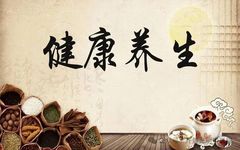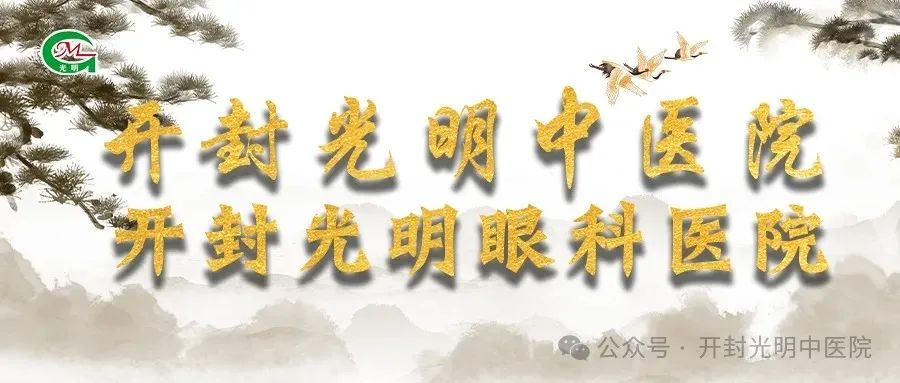
▷▷▷
The knowledge of health preservation in Traditional Chinese Medicine (TCM) is profound, and the research in this area is thorough. Therefore, to promote people’s health, it is essential to focus on health preservation methods. Different seasons require different health preservation focuses, and methods may vary by gender. Additionally, regional differences must be considered; for instance, the south needs to prevent dampness, while the north needs to moisten dryness. Below, we will analyze TCM health preservation knowledge from these three aspects.
▷▷▷
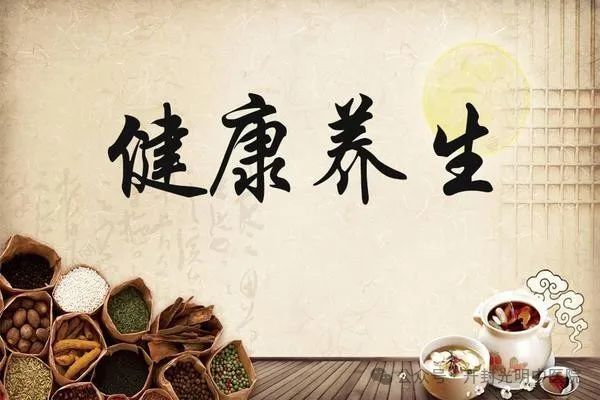
1. Different Health Preservation Methods According to Seasons
In spring, the focus is on nourishing the liver; in summer, it is on tonifying the spleen; in autumn, it is necessary to moisten the lungs; and in winter, it is essential to nourish the kidneys.
TCM health preservation can be divided into seasonal practices, where each season has its own health preservation methods.
Spring is often dry, so liver nourishment is crucial. Spring is the time when the body’s metabolism is most active, and special attention should be paid to daily activities and mental well-being. The secret to spring health preservation lies in maintaining the body’s yang energy. TCM believes that nourishing yang is primarily about nourishing the liver. It is vital to protect the liver in spring by maintaining a balanced diet, eating more fresh vegetables, and avoiding sour, spicy, fried, roasted, and pan-fried foods. Drink plenty of water and limit alcohol consumption.
Summer requires prevention of heatstroke and tonification of the spleen. Elderly individuals with deficiency should take warming tonics after the summer solstice, such as Cong Rong Wan (Cistanche Pill) and Ba Wei Wan (Eight Flavor Pill), to assist their vital energy. During the hot days of summer, Shi Wei Xiang Ruo Yin (Ten Flavor Aromatic Drink) can be taken to prevent heatstroke, and calming herbal formulas can also be used.
Autumn requires attention to moisture to prevent lung damage. Foods should be warm to harmonize yin and yang. Foods like sesame should be consumed to moisten autumn dryness. It is advisable to reduce spicy foods and increase sour foods to nourish liver qi. Eating Sheng Di Zhou (Raw Rehmannia Porridge) can help nourish yin and moisten dryness.
Winter requires kidney nourishment. Warm foods should be consumed to nourish yin, and sour foods should be reduced while bitter foods should be increased to nourish heart qi. Foods like millet are recommended. Avoid excessive consumption of roasted meats, dumplings, and wontons. Tonifying herbs should be used in a way that supports the body’s storage functions. Warming and kidney-nourishing formulas should be used to replenish essence and blood for the coming spring. Drinking medicinal wine or Shan Yao Jiu (Yam Wine) can help cultivate yang energy.
2. Different Health Preservation Methods According to Gender
TCM health preservation methods vary by gender; men focus on tonifying qi, while women focus on tonifying yin.
3. Different Health Preservation Methods According to Region
TCM health preservation also has different requirements based on region. For example, the health preservation methods in the south and north differ significantly. The south has more humidity, so the focus should be on preventing dampness; the north, with its dry climate, should focus on moistening dryness.
While TCM health preservation is beneficial, there are also common misconceptions!
Misconception 1: One formula fits all
TCM formulas have two main characteristics: tonifying deficiency and treating diseases. TCM theory holds that human life activities are based on the balance of yin, yang, organs, and qi-blood. A balance of these elements leads to health and longevity. The Suwen: Theory of Vitality states: “When yin is balanced and yang is secret, the spirit is treated.” This is the fundamental thought of TCM health preservation and treatment, and it is also the main principle for formulating tonics. In China, there is a traditional habit of taking tonics in winter, leading many to believe that “tonics are very nourishing.” The term “tonification” refers to replenishing the body’s nutrients, regulating or improving physiological functions, and enhancing the body’s resistance to disease. However, tonics also have therapeutic effects. Each tonic is specifically formulated by TCM experts based on individual symptoms and characteristics, and should be tailored to each person. Even for standardized tonics, doctors will adjust based on the patient’s constitution and diagnostic patterns. Therefore, the notion that tonics are purely nourishing is incorrect; one should not blindly pursue tonics.
Misconception 2: Expensive means good medicine
Nowadays, many people are in a sub-healthy state, experiencing symptoms like fatigue, sweating, insomnia, and tiredness. Some believe that TCM can “treat diseases when sick and nourish health when well,” and when feeling a bit “deficient,” they tend to buy expensive tonics like deer antler, cordyceps, American ginseng, and Korean ginseng. TCM emphasizes the balance of yin, yang, and qi-blood; one should only supplement what is lacking. If one feels a bit “deficient” but cannot distinguish whether it is yin deficiency, yang deficiency, blood deficiency, or qi deficiency, they may end up over-supplementing. Some individuals who are otherwise healthy may think that “supplementing is always beneficial,” and end up taking certain tonics long-term, resulting in greater deficiency.
Misconception 3: To clear heat and drain fire, just drink herbal tea regularly
Due to some product promotions, people have developed the impression that they are “on fire” all year round, leading to many misdiagnosing their symptoms as “heat.” Common minor ailments like sore throat, toothache, or slight dryness are all deemed as “heat.” Consequently, they resort to herbal teas made from Ban Lan Gen (Isatis Root), Qing Tian Kui (Chrysanthemum), and Xia Ku Cao (Selfheal) indiscriminately. Heat-clearing and detoxifying herbs are generally bitter and cold, and TCM diagnosis applies them to symptoms of excess heat. Patients taking such herbs often experience “drainage,” depleting stomach qi and leading to spleen and stomach weakness.
Misconception 4: More tonics are better
The official list of Chinese herbs that are both food and medicine includes 101 varieties, such as Shan Yao (Chinese Yam), Shan Zha (Hawthorn), Bai Guo (Ginkgo), Bai Bian Dou (White Hyacinth Bean), Long Yan Rou (Longan), Bai He (Lily Bulb), A Jiao (Donkey-hide Gelatin), Lian Zi (Lotus Seed), and Yi Yi Ren (Job’s Tears). The concept of food and medicine being one is a characteristic of TCM. While these items are food, they also have medicinal properties, and excessive or overuse can lead to discomfort. For example, A Jiao can be overly cloying, and women with spleen and stomach weakness may experience loss of appetite and abdominal bloating after consumption.
Misconception 5: TCM has no side effects and can be taken freely
Many pharmaceutical products tend to overlook the side effects of TCM in their promotions, leading to the perception that TCM is purely natural and harmless. However, TCM herbs are still medications guided by TCM theory, and an important principle in their treatment is “treating the specific condition with specific remedies,” which uses the properties of herbs to adjust the body’s functional imbalances. While most TCM herbs are not hepatotoxic or nephrotoxic according to modern pharmacological studies, this does not mean they have no other side effects. Improper use of TCM can lead to functional damage and imbalances in the body.
Misconception 6: Everyone can use TCM for weight loss and beauty
Traditional TCM believes that obesity is related to phlegm, dampness, and qi deficiency. TCM weight loss focuses on tonifying qi, strengthening the spleen, and resolving phlegm, utilizing the advantages of TCM to eliminate dampness, invigorate blood circulation, strengthen the spleen, and promote qi flow, thereby improving the body’s organ functions and accelerating metabolism. TCM beauty treatments involve both internal and external use of herbs to delay aging, enhance complexion, or treat beauty-related diseases. Ancient herbal literature records many herbs that have effects like “improving complexion” and “enhancing beauty.” Currently, many products claiming to contain TCM ingredients for weight loss and beauty include Da Huang (Rhubarb), Lu Hui (Aloe), and Fan Xie Ye (Senna Leaf), and even add Western pharmaceutical hormones, packaged as various “laxatives, detoxifiers, weight loss, and beauty” products. Da Huang, Lu Hui, and Fan Xie Ye are actually purgative herbs that can cause diarrhea. TCM emphasizes diagnosis and treatment based on patterns, and the same applies to weight loss and beauty; therefore, TCM weight loss and beauty treatments should be consulted with a professional TCM practitioner.
Misconception 7: Everyone should use the same dietary therapy
Dietary therapy is a treasure of the dietary culture of Chinese civilization, playing an important role in disease prevention and health maintenance. Nowadays, some dietary therapy promotions are very popular, with exaggerated effects, as if discomfort can be immediately alleviated through dietary therapy. Various dietary therapy restaurants offer menus that mostly consist of nourishing ingredients like turtle, sea cucumber, abalone, and black-boned chicken, as well as herbs like Xi Yang Shen (American Ginseng), Dang Shen (Codonopsis), Huang Qi (Astragalus), Shan Yao (Chinese Yam), Gou Qi Zi (Goji Berries), and Qing Tian Kui (Chrysanthemum) for tonification and heat-clearing. Although the variety is abundant, they are often simply pieced together without considering the constitution of the consumer, leading to a focus on variety rather than efficacy, which prevents dietary therapy from achieving its intended nourishing effect. A pot of soup is not suitable for everyone.

【Copyright Statement】
Some content is sourced from the internet and other public platforms. If there is any infringement, please contact us promptly for removal within 24 hours. The content is for reader reference only and does not guarantee the accuracy of the article. All information should not be used for individual diagnosis, medication, or treatment, and cannot replace the advice of medical personnel. If you suffer any loss or damage from using the information published by this account, this account bears no legal responsibility. By browsing the content published by this account, your browsing behavior will be regarded as acknowledgment of this statement in its entirety.
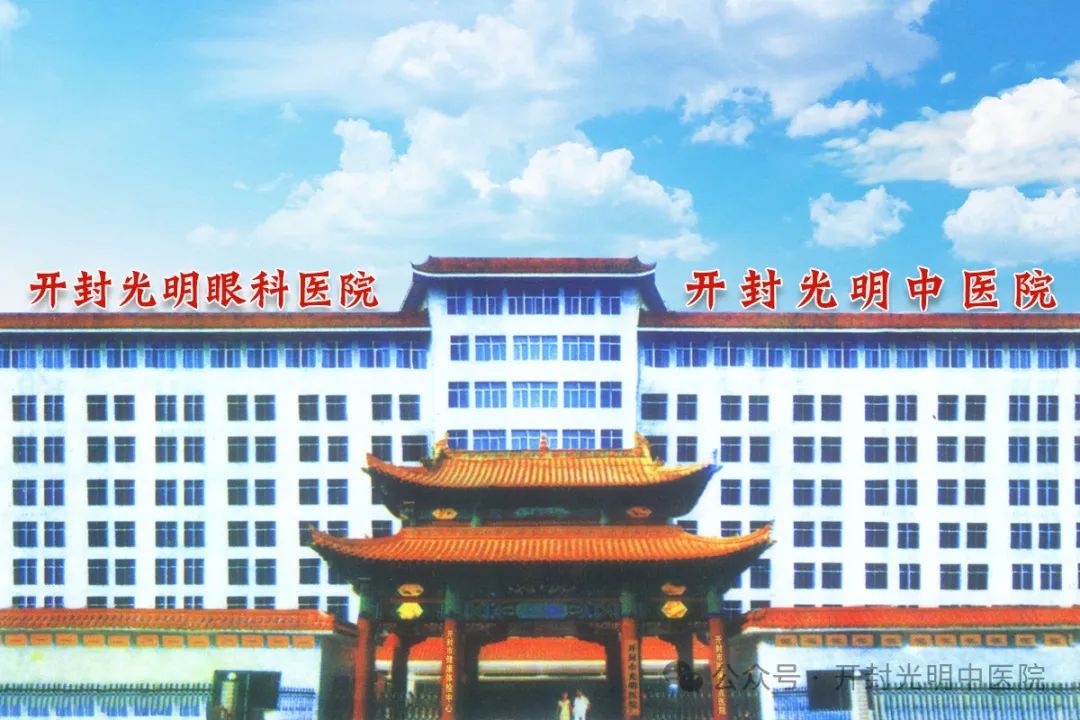
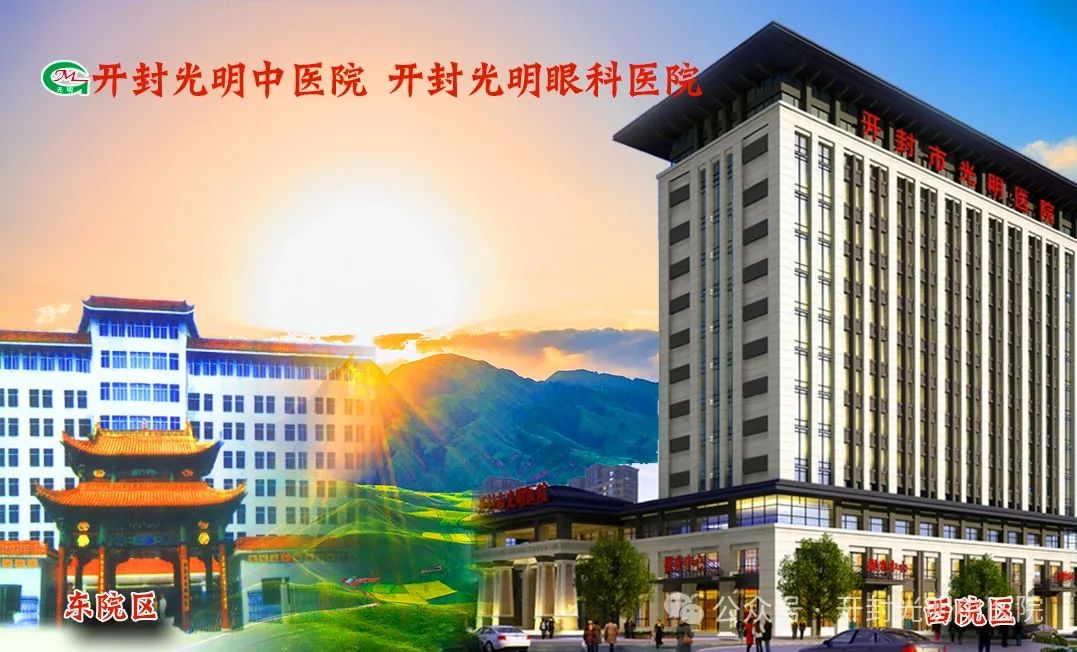
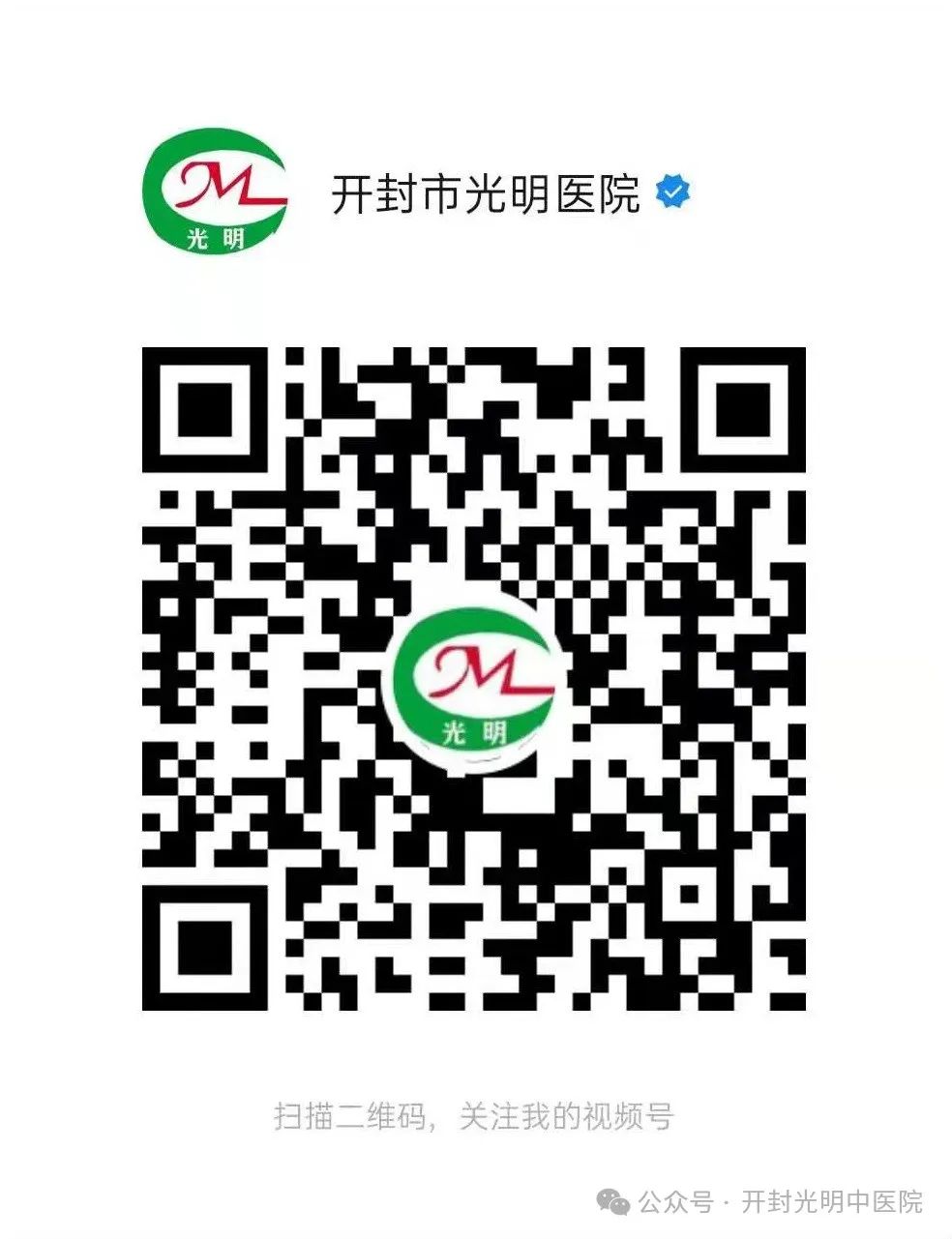
Welcome to follow Kaifeng Guangming TCM Hospital
WeChat Video Account
Sharing Ophthalmology Knowledge

